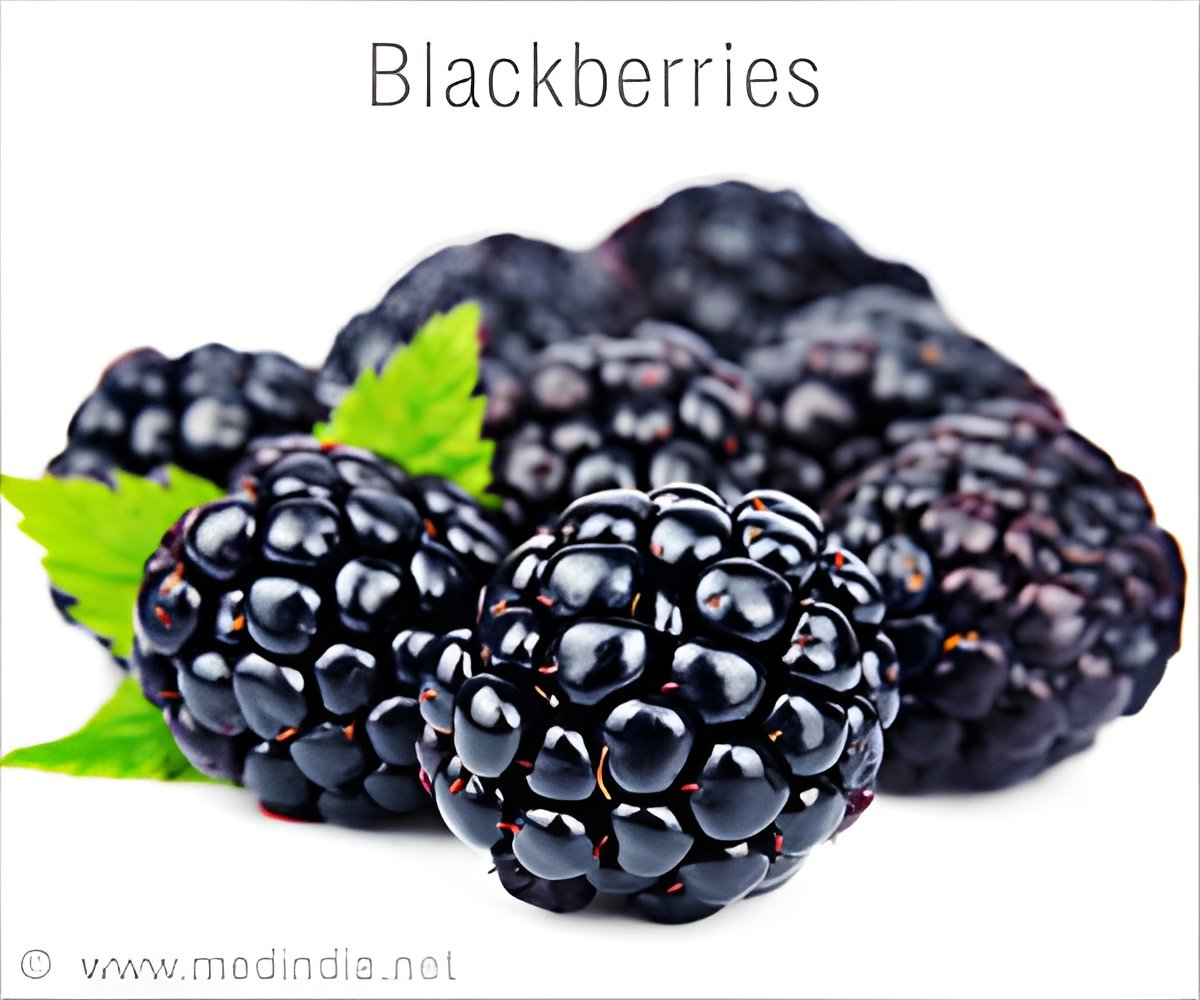Sorghum also known as Jowar is a gluten-free flour power-packed with dietary fiber, iron, and antioxidants. It is high in protein, calcium, copper, zinc, phosphorous, potassium, and cell-building
.
Jowar’s nutritional benefits include lowering blood sugar, promoting heart health, and relieving digestive issues. Its low-calorie content makes it a great option for Weight Watchers. It’s regarded as one of the healthiest flours for those with diabetes.
Advertisement
2. Pearl Millet:
Pearl Millet or Bajra is a popular gluten-free flour rich in protein, fiber, magnesium, iron, and phosphorus, and it also prevents the body from overeating. Bajra roti is a great food for diabetics and those trying to lose weight since it helps control blood sugar levels. Bajra lowers cholesterol, improves digestion, and protects against several cancers.
3. Finger Millet:
Finger millet, often known as ragi, is another healthier option that is gluten-free and is rich in amino acids and fiber. It improves the body’s ability to lose weight by decreasing appetite. It aids in the prevention of obesity, enhances digestion, gives the body energy, and helps with chronic cardiac conditions.
Ragi is an excellent source of calcium and strengthens the bones. It is beneficial for diabetic patients since it regulates and controls blood sugar levels. It is high in iron, hence recommended for lactating mothers in case of lack of milk production.
4. Almond:
Almond flour is regarded as one of the best flour for weight loss, which is low in carbohydrates and high in proteins. It is also rich in calcium, magnesium, vitamin E, and omega-3 unsaturated fats.
Almond flour, a gluten-free option, has less phytic acid and provides more nutrients. Almond flour is simple to use and has a nutty flavor.
5. Gram:
Eating besan in moderate quantities can contribute to weight loss. This is because besan has a low calorie count and is packed with vital nutrients like zinc, folate, and iron. Furthermore, its abundant fiber and protein content make it effective in managing appetite and supporting a balanced weight.
A normal diet should contain gram or besan since it helps to control blood sugar, strengthens the heart, and has anticancer properties. Gram flour blended with wheat can give great weight loss results in just a few weeks.
6. Buckwheat:
Buckwheat flour, also known as kuttu flour, should be a part of one’s meal since it helps with digestion and promotes better skin. It is low in calories, and high in protein, and antioxidants. Its low glycemic index additionally benefits weight loss.
Buckwheat flour has an earthy flavor and is an excellent source of fiber, protein, and micronutrients like manganese, magnesium, copper, iron, and phosphorus. Studies indicate that this grain could lower blood sugar levels in diabetics and enhance heart health biomarkers. It also has prebiotic, anti-inflammatory, and anti-cancer properties (2✔ ✔Trusted Source
Health Benefits of Buckwheat (Fagopyrum Esculentum), Potential Remedy for Diseases, Rare to Cancer: A Mini Review
Go to source)
7. Water Chestnut:
Water Chestnut or singhara is a powerful antioxidant with antiviral, antibacterial, and anticancer effects. Foods rich in fiber, like water chestnuts, assist in providing a sense of fullness without introducing a significant amount of calories. It supports the health of our stomach and spleen by addressing several problems, including weariness, bad taste, insomnia, and cancerous potential tissues.
To summarize, these healthy flour options have unique nutritional profiles and flavors. By including these flours in diet, one can improve weight management and experience a sense of fullness in addition to receiving a variety of nutrients.
References :
- Atta (whole wheat flour) with multi-wholegrains: flour characterization, nutritional profiling and evaluation of chapati making quality – (https://pubmed.ncbi.nlm.nih.gov/29051640/)
- Health Benefits of Buckwheat (Fagopyrum Esculentum), Potential Remedy for Diseases, Rare to Cancer: A Mini Review – (https://pubmed.ncbi.nlm.nih.gov/33357186/)
Source: Medindia



